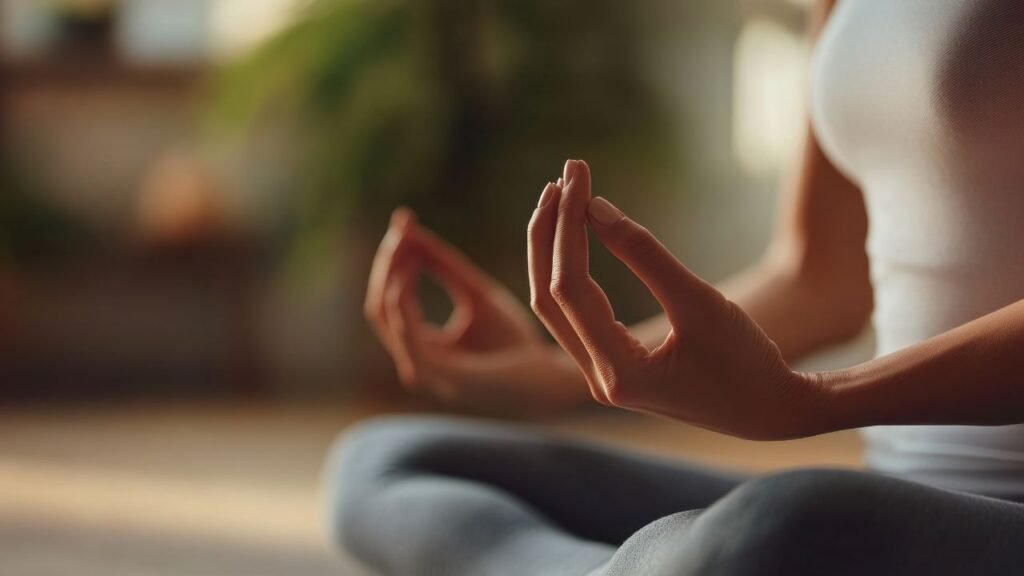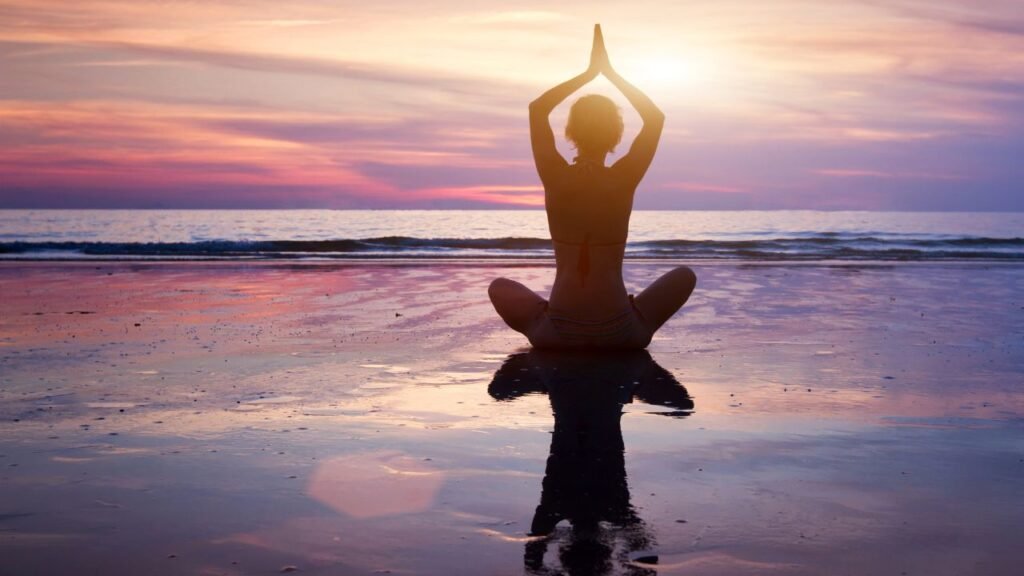The Art of Slowing Down: How to Build a Mindful Lifestyle in a Busy World

Life today feels like a race. Between constant emails, buzzing notifications, long work hours, and the pressure to “do it all,” slowing down almost feels like a luxury few can afford. Many of us wake up, rush through the day, and collapse into bed only to repeat the cycle. Yet, deep inside, there’s often a longing for more space, more peace, and more meaning.
Slowing down doesn’t mean quitting your job, abandoning responsibilities, or being unproductive. Instead, it’s about creating a lifestyle that prioritizes presence over pressure. By choosing to move through life more mindfully, we not only reduce stress but also rediscover joy in simple, everyday moments.
Understanding the Concept of Slowing Down
When people hear “slowing down,” they sometimes imagine doing less, being lazy, or disengaging. But the truth is the opposite. Slowing down means living more intentionally—being fully present in whatever you do instead of rushing through life on autopilot.
It’s sipping your morning coffee without simultaneously scrolling through emails. It’s taking time to notice the sunset instead of running past it to the next errand. It’s about living at a pace that feels sustainable instead of constantly trying to outrun your own life.
Science backs this up. Research shows that mindfulness practices—such as slowing your breath, practicing gratitude, or focusing on one task at a time—reduce anxiety, improve memory, and even increase happiness levels. In short: slowing down isn’t indulgence; it’s good medicine.
Signs You Need to Slow Down
Many of us don’t realize how much the fast lane is costing us until our bodies or minds start waving red flags. Here are some telltale signs:
- Physical: Chronic fatigue, tension headaches, poor sleep, or feeling “wired but tired.”
- Emotional: Constant irritability, anxiety, lack of excitement about things you used to enjoy.
- Lifestyle: Rushing through meals, multitasking endlessly, never feeling “caught up,” or being glued to your phone even during downtime.
If these resonate, it’s not a sign of weakness—it’s a reminder that your pace may not be sustainable.

The Core Principles of a Mindful Lifestyle
Slowing down becomes easier when you embrace a few guiding principles:
- Presence over productivity – Instead of asking, “How much can I get done today?” try asking, “How fully can I show up for what I do today?”
- Intentional living – Align your actions with your true values. If family, health, or creativity matters most, make sure your time reflects that.
- Simplicity – Less clutter in your space and your schedule equals more clarity in your mind.
- Gratitude & awareness – Joy often hides in small things: a smile, a home-cooked meal, a quiet walk. Noticing them is part of slow living.
Practical Ways to Slow Down in a Busy World
Here are some actionable steps to help you embrace a slower lifestyle—even if your schedule is packed:
- Morning rituals: Begin your day with stillness. A 10-minute meditation, journaling, or enjoying breakfast without screens sets the tone for a calm day.
- Digital detox practices: Create “no-phone zones” or screen-free hours. For example, avoid checking your phone for the first hour after waking up or during meals.
- Mindful breaks at work: Instead of scrolling social media, step outside for fresh air, stretch, or practice deep breathing between tasks.
- Time management reframe: Learn to say “no” when your schedule is already full. Protecting your time is a form of self-respect.
- Slowing down through hobbies: Engage in activities that naturally invite presence, such as cooking, gardening, painting, or even puzzling.
These aren’t about adding more tasks to your list—they’re about transforming existing moments into opportunities for mindfulness.
The Role of Environment in Supporting a Slower Lifestyle
Your surroundings shape your pace more than you might think. A cluttered, noisy, or chaotic environment can make your mind feel restless. Creating spaces that encourage calm can be a powerful support system for slowing down.
- At home: Declutter regularly, add plants, use natural light, and dedicate spaces for rest and reflection.
- At work: Set boundaries. Block out quiet hours for deep work and avoid scheduling back-to-back meetings when possible.
- In community: Surround yourself with people who respect slower, intentional living instead of glorifying busyness.
Environment is not just physical—it’s also social. Being around “hustle culture” 24/7 makes slowing down harder. Curate your spaces and connections with care.
Long-Term Benefits of Slowing Down
Slowing down might feel uncomfortable at first—especially if you’re used to measuring your worth by productivity—but the benefits are undeniable:
- Better health: Lower stress, better sleep, stronger immunity.
- Deeper relationships: You listen more, connect better, and appreciate the people around you.
- Increased creativity: Space in your schedule invites inspiration and fresh ideas.
- Fulfillment: Life stops feeling like a to-do list and starts feeling like a journey to be savored.
Slowing down is less about what you “lose” and more about what you gain: your energy, peace, and joy.

Overcoming Challenges and Resistance
Of course, embracing a slower lifestyle isn’t always easy. Common barriers include:
- Fear of falling behind: In a world obsessed with speed, slowing down can feel risky. But remember, productivity without purpose is just motion, not progress.
- Hustle culture mindset: Many of us equate busyness with success. Challenge this belief by defining success on your own terms.
- External pressure: Work deadlines, family expectations, or financial stress can make slow living harder. But even within constraints, you can choose small pockets of mindfulness.
The key is to remind yourself: slowing down isn’t about stopping—it’s about being more intentional with what truly matters.
A Step-by-Step “Slow Living Starter Plan
If slowing down feels overwhelming, start small. Here’s a gentle 4-week roadmap:
- Week 1: Practice 5 minutes of daily mindfulness—deep breathing, journaling, or meditation.
- Week 2: Introduce one screen-free hour per day (mornings or evenings work best).
- Week 3: Create a “slow Sunday” routine: no rushing, no strict plans—just ease.
- Week 4: Review your commitments. Let go of at least one unnecessary obligation that doesn’t align with your values.
By building slowly, you’ll create habits that actually stick.
Conclusion: Choosing Presence Over Pace
In a world that celebrates busyness, slowing down is almost a radical act. But it’s also one of the most powerful choices you can make for your health, happiness, and overall well-being.
Remember: slowing down doesn’t mean you’re falling behind—it means you’re finally moving at the speed of life.
So start today. Take a deep breath. Put your phone down for a few minutes. Look around and notice something beautiful. It may not change the whole world, but it will certainly change the way you experience yours.
